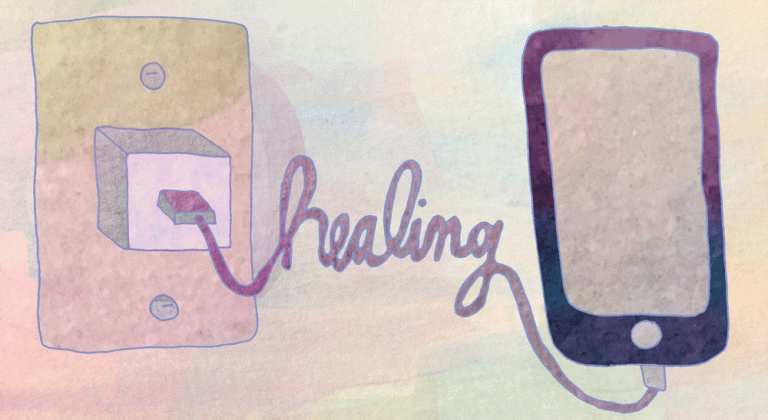
Tanner Walker
Science & Tech Editor
From kindergarten to college, schools are starting to embrace the use of smartphone apps to protect students against sexual assault. Several new apps allow students to report uncomfortable, unsafe, and illegal situations to their peers, school, or law enforcement.
Apps like Circle of 6 are meant to give students a quicker way to report violent acts and prevent them from happening in some cases. More and more schools are providing emergency “Blue Light” safety systems around campus that connect students with campus security and hotlines to report sexual assault, but the app’s developers claim that students rarely use these services.
“Most young people first report sexual assault to a friend or a peer, not to the police or a blue safety light,” said Nancy Schwartzman, the creator of Circle of 6. “And they’re always on their phone.”
Circle of 6 lets users select six of their contacts to “form their circle” and have trusted people with whom they will always be connected. Once the circle is formed and users are connected, they have a number of options aimed at controlling or diffusing a situation before it escalates to a dangerous level.
Users can hit one button that sends a text that says, “Come and get me. I need help getting home safely,” while it also provides their location’s Global Positioning System coordinates. There are also buttons to send texts that say, “Call and pretend you need me. I need an interruption,” There are also ways to connect users with direct access to national and local help hotlines and general information about sexuality, relationships, and safety.
Circle of 6 is free to download and is currently used by about 150,000 students with customized versions available for certain schools like the University of California, Los Angeles or the University of Houston.
Other apps, like STOPit, are paid for by the school and cost between $1 and $5 per student. For K-12 schools, the app is primarily used to report offenses like cheating, bullying, or drug related activity while colleges use it mainly for reporting sexual assault. The price is high for larger schools, but the Associated Press reports that school insurers have started to pay for the software because they see it as a way to minimize risk and reduce the number of serious threats.
The benefit of having a school-sponsored app is that it allows for more customization depending on each school’s specific needs. STOPit “allows victims and bystanders to report anonymously to administrators, teachers and virtually anyone the school deems appropriate,” says the Associated Press. Customization for each school means students can stay connected with officials after school hours or off campus. It also lets users “send either a single text or have a two-way chat, and attach pictures, screenshots and video.”
The complicated process of collecting important contacts and storing them in one simple platform is streamlined. For the people involved, witnessing and reporting a sexual assault can be a traumatic experience. The anonymous reporting that apps provide can potentially increase the number of assaults reported and decrease the time it takes to report incidents.
Apps may also provide a third party to help students cope with sexual assault independently of their school. As evidenced by a recent student-led sit-in at Chancellor Yang’s office, a growing number of college students are unsatisfied with the way their campus deals with victims and perpetrators of sexual assault.
Last month, Stanford began a three year partnership with Callisto, a software that provides similar ways of anonymous reporting compared to other apps but with a few key differences. All the data a student shares with Callisto is encrypted and “will not be shared with your school unless you choose to share it.”
Callisto asks users questions that are sensitive to the fear and stress they may be feeling in order to accurately document the event and stores that information to compare it to other reports and establish larger trends. After the report is made, the Title IX office will contact the student and set up a meeting where it gives personalized suggestions for either legal action or emotional help based on the data that the student submitted.
None of the apps currently available are meant to be the final, magical solution that will completely eliminate sexual assault, and developers say they will never replace bystander intervention and a safe campus environment. However, these apps are another tool that students can use to help protect themselves and people around them. They can be a potential way for schools to increase their accessibility and openness for students who have experienced sexual assault.










